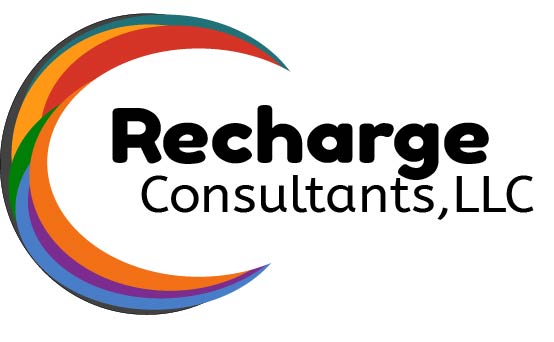Change management is essential for organizations aiming to adapt and thrive in today’s dynamic environment. However, implementing change often involves complex challenges across roles, systems, and workflows. To successfully navigate this process, organizations must anticipate potential obstacles and develop robust strategies to address them.
Why Change Management Matters
Effective change management ensures organizations respond to evolving market demands, technological advancements, and internal goals. It aligns people, processes, and technology to achieve desired outcomes, driving innovation and maintaining competitiveness. However, the journey is rarely straightforward, and preparation is key to overcoming hurdles.
Common Obstacles in Change Management
Organizations frequently encounter the following challenges during change management initiatives:
- Lack of Executive Buy-In and Support
Change efforts often fail without strong leadership support. Executives set the tone for organizational priorities, and their involvement is crucial for securing resources, fostering engagement, and ensuring accountability. - Unclear Business Goals and Objectives
When the desired outcomes of a change initiative are poorly defined, teams may struggle to align their efforts. Unclear goals can lead to confusion, wasted resources, and missed opportunities. - Inadequate Testing Infrastructures
Insufficient testing can result in unforeseen problems during the implementation phase. A lack of robust testing environments increases the risk of operational disruptions and customer dissatisfaction. - Confusion About the Right Tool for the Job
Selecting inappropriate tools or technologies can hinder the success of a change initiative. The wrong choice can lead to inefficiencies, user resistance, and unmet objectives. - Hidden Processes Vulnerable to Breakdowns
Unseen or undocumented workflows are particularly susceptible to failure when changes are introduced. These processes can undermine broader initiatives and lead to operational bottlenecks. - Poor Process Visibility and Traceability
Without clear visibility into workflows and changes, it becomes difficult to monitor progress or identify and resolve issues. Transparency is critical for maintaining control and ensuring success. - Inflexible Third-Party Contracts and Incentives
Third-party agreements that lack flexibility can prevent organizations from adapting to new requirements or scaling initiatives effectively. Misaligned incentives may also create resistance to change.
Strategies to Overcome Change Management Challenges
To address these challenges, organizations should adopt the following strategies:
- Secure Executive Sponsorship: Foster strong leadership engagement by clearly communicating the value and necessity of the change initiative. Encourage executives to champion the effort and actively participate in its implementation.
- Define Clear Objectives: Establish measurable goals and align them with the organization’s strategic vision. This clarity provides direction for teams and ensures that resources are focused on the right priorities.
- Invest in Robust Testing: Build reliable testing infrastructures to identify potential issues before full-scale implementation. Include simulations and pilot programs to mitigate risks.
- Choose the Right Tools: Conduct thorough evaluations of tools and technologies to ensure they align with organizational needs. Involve end-users in the selection process to improve adoption rates.
- Document Hidden Processes: Map out existing workflows to identify hidden processes. This ensures that no critical steps are overlooked during the transition.
- Enhance Visibility and Traceability: Implement tools and practices that promote transparency, such as workflow tracking systems and regular progress reports. This enables stakeholders to monitor and adjust as needed.
- Renegotiate Third-Party Contracts: Work with vendors to create flexible agreements that accommodate changes. Align incentives with the organization’s objectives to foster cooperation.
Conclusion
Change management is a critical driver of organizational success but comes with inherent challenges. Organizations can navigate change with greater confidence and effectiveness by identifying common obstacles and proactively addressing them. With clear objectives, strong leadership, and a commitment to collaboration, change can become an opportunity for growth and innovation rather than a source of resistance.
By embracing these strategies, organizations can position themselves to achieve their goals and maintain a competitive edge in an ever-changing landscape.

